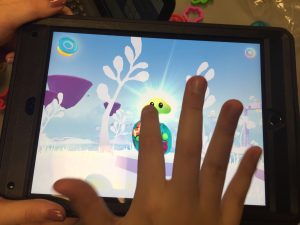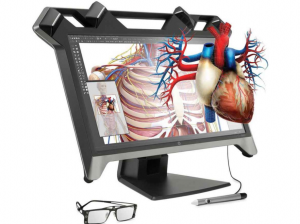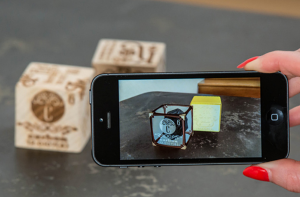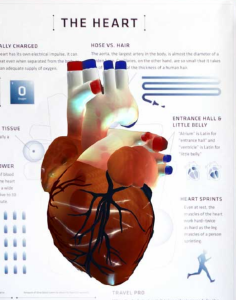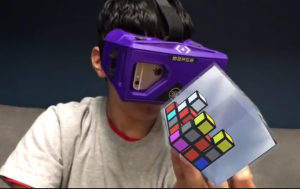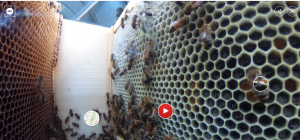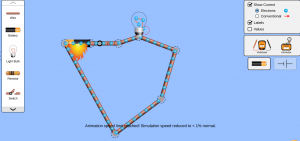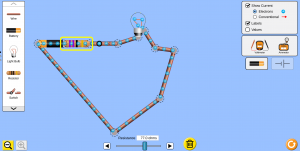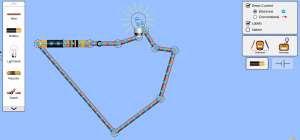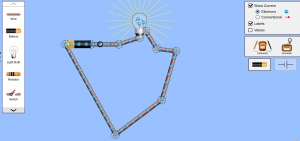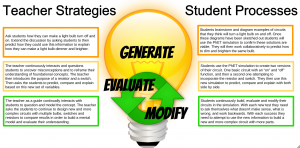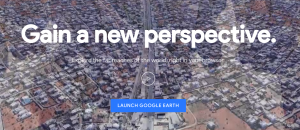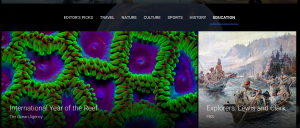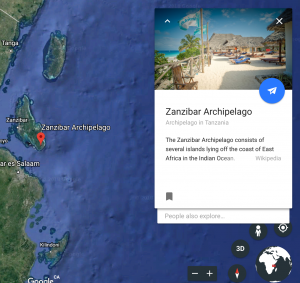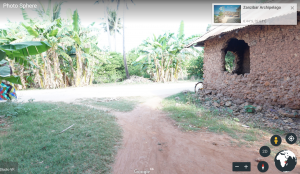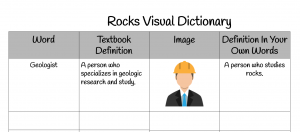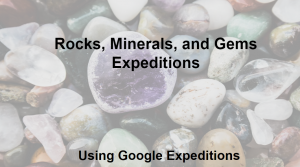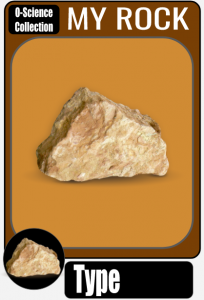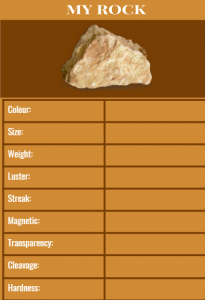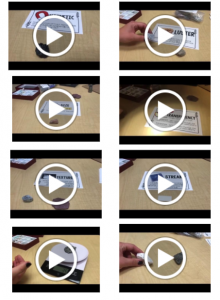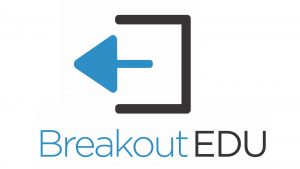When exploring the articles for this week’s simulations I came across a study in which they reference Turkle questioning the motives and justification for use of computers in education. She asks “Why should fifteen-year-olds pour virtual chemicals into virtual beakers? Why should eighteen-year-olds do virtual experiments in virtual physics laboratories? (as cited in Finkelstein, Perkins, Adams, Kohl, & Podolefsky, 2005). Often the simple and sometimes cynical answer to this question is because these simulations address the glaring issues of not enough funding or experienced teachers to educate our students in the sciences. Yet computer simulations and information visualization can go beyond simply being a less expensive replacement for quality teaching. In inquiry based laboratory environments students who use these simulations often learned more content than did students using real equipment (Finkelstein, Perkins, Adams, Kohl, & Podolefsky, 2005). Furthermore, the students can effectively use these computers as thinking partners “substitute for laboratory equipment, to collect and display data, and to serve as a medium of communication and coordination of students and teachers supports students’ mastery of concepts and ability to integrate knowledge” (Finkelstein, Perkins, Adams, Kohl, & Podolefsky, 2005, p.4) Not only are students performing better on conceptual questions related to the simulations, they in fact developed greater ability to manipulate the real components after the virtual experience. Perhaps more importantly these computer simulations offer students a chance to get off the page and out of the book and see what is otherwise unseen phenomena happen before their eyes allowing for a deeper engagement and a reduction of the drudgery of learning (Finkelstein, Perkins, Adams, Kohl, & Podolefsky, 2005; Khan, 2010). Now before we all throw out the beakers and buy more computers I think we have to consider a balance of experiences and not simply replace one with the other, instead use one to strengthen and deepen the other. Some students see these simulations as “fake” while experienced professionals in the field see them as a direct replica of the real materials or phenomena (Srinivasan, Perez, Palmer, Brooks, Wilson, & Fowler, 2006). As educators we have to ensure a balance of students needing and wanting “authenticity to be able to make the connections the experts make with the simulations” (Srinivasan, Perez, Palmer, Brooks, Wilson, & Fowler, 2006, p.140). What is important is to provide simulations that are properly designed and applied in the appropriate contexts of a classroom that supports both hands on and virtual learning.
My lesson comes from the Alberta Program of Studies Grade 2 Science Topic A Exploring Liquids.
Students will
Demonstrate an understanding that liquid water can be changed to other states:
- recognize that on cooling, liquid water freezes into ice and that on heating, it melts back into liquid water with properties the same as before
- recognize that on heating, liquid water may be changed into steam or water vapor and that this change can be reversed on cooling
- identify examples in which water is changed from one form to another.
This topic is one that is difficult to simulate effectively in a classroom using hands on materials. Time and ambient temperature interfere with students being able to observe the changes in the states of matter before their eyes. They rely upon seeing the changes after they have occured. For example freezing water takes a lot of time and happens behind the closed freezer door. Using a PhET computer simulation students are able to apply the temperature variable and see immediate effect and change. They can then apply this conceptual understanding to the hands on materials in the classroom that change when they can’t see them. https://phet.colorado.edu/sims/html/states-of-matter-basics/latest/states-of-matter-basics_en.html
After this lesson students would then use the real hands on materials to apply their conceptual knowledge and explore the states of matter.

Here is my lesson:
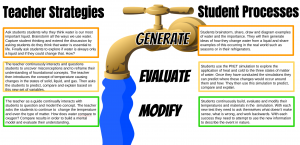
- Can simulations be used productively in lieu of real equipment or hands on materials in the classroom?
- Will students learn the same concepts and will they learn them as well?
Trish
References
Finkelstein, N.D., Perkins, K.K., Adams, W., Kohl, P., & Podolefsky, N. (2005). When learning about the real world is better done virtually: A study of substituting computer simulations for laboratory equipment. Physics Education Research,1(1), 1-8
Khan, S. (2010). New pedagogies for teaching with computer simulations. Journal of Science Education and Technology, 20(3), 215-232. DOI 10.1007/s10956-010-9247-2
Srinivasan, S., Perez, L. C., Palmer,R., Brooks,D., Wilson,K., & Fowler. D. (2006). Reality versus simulation. Journal of Science Education and Technology, 15(2), 137-141.

